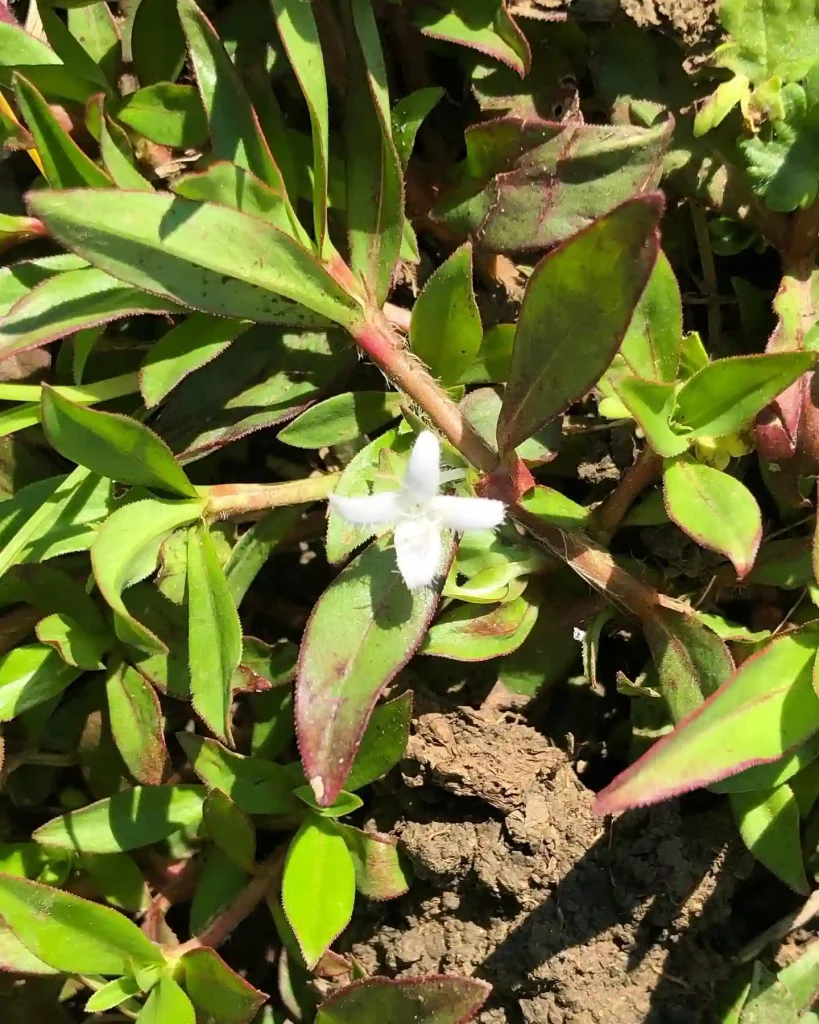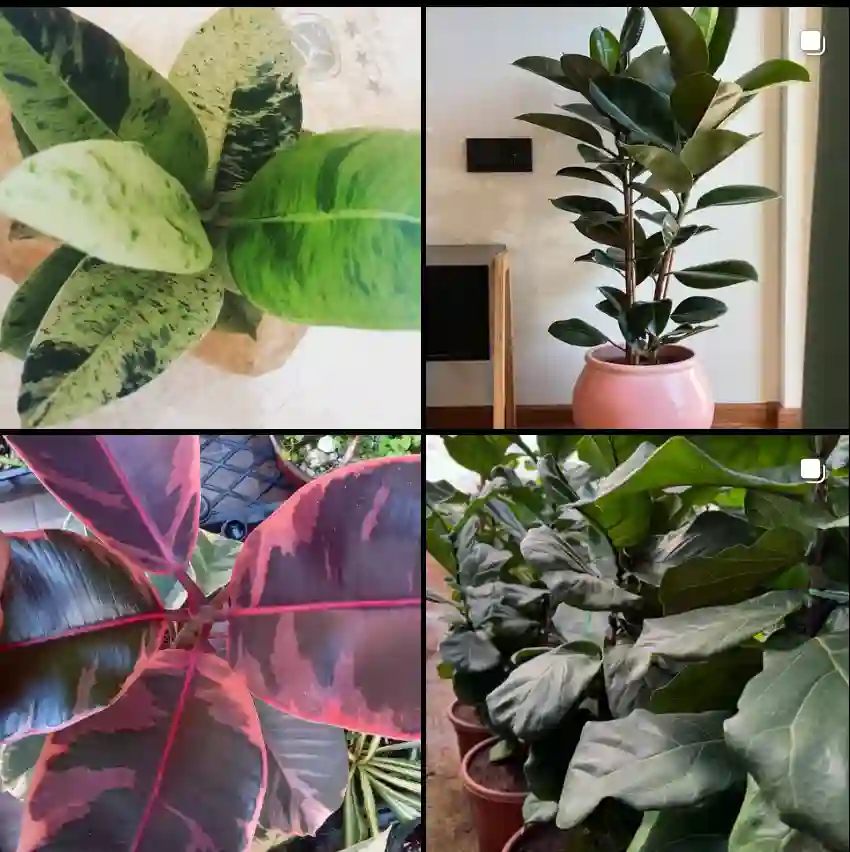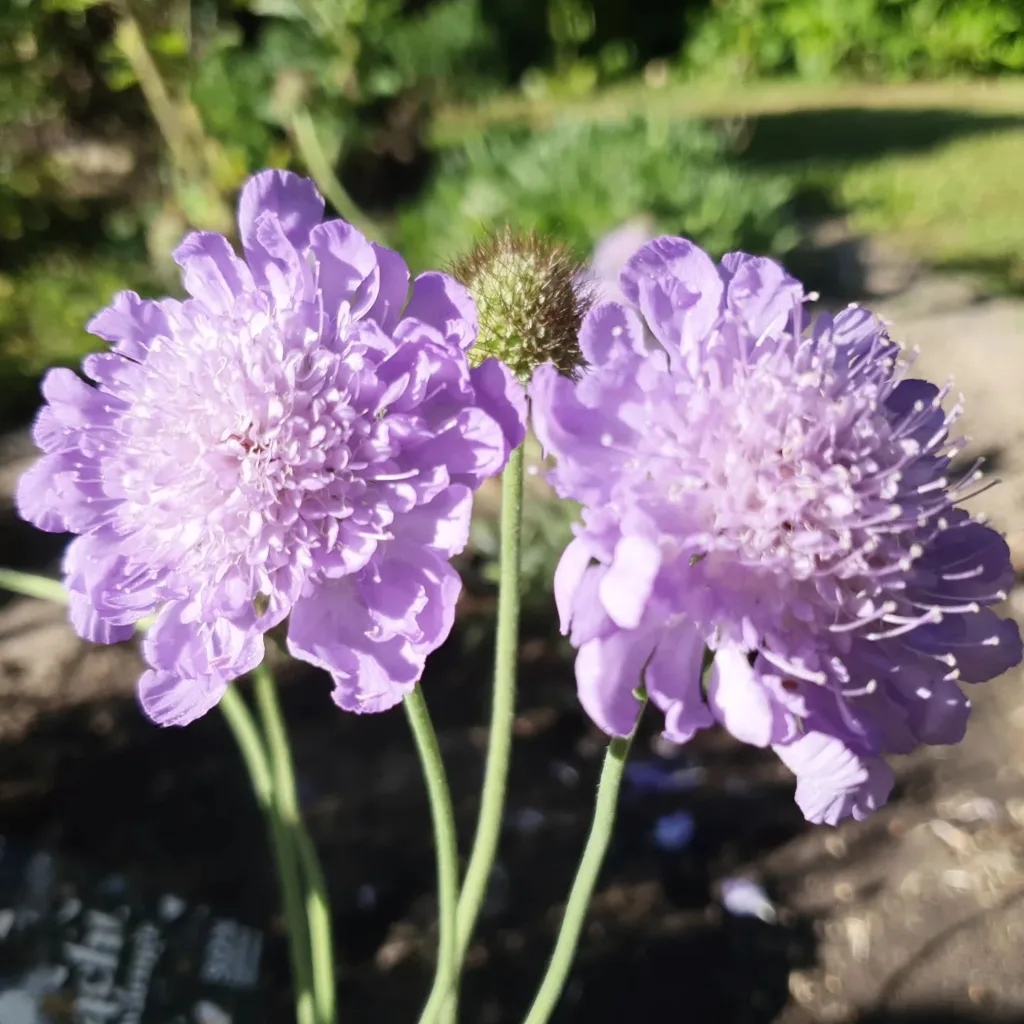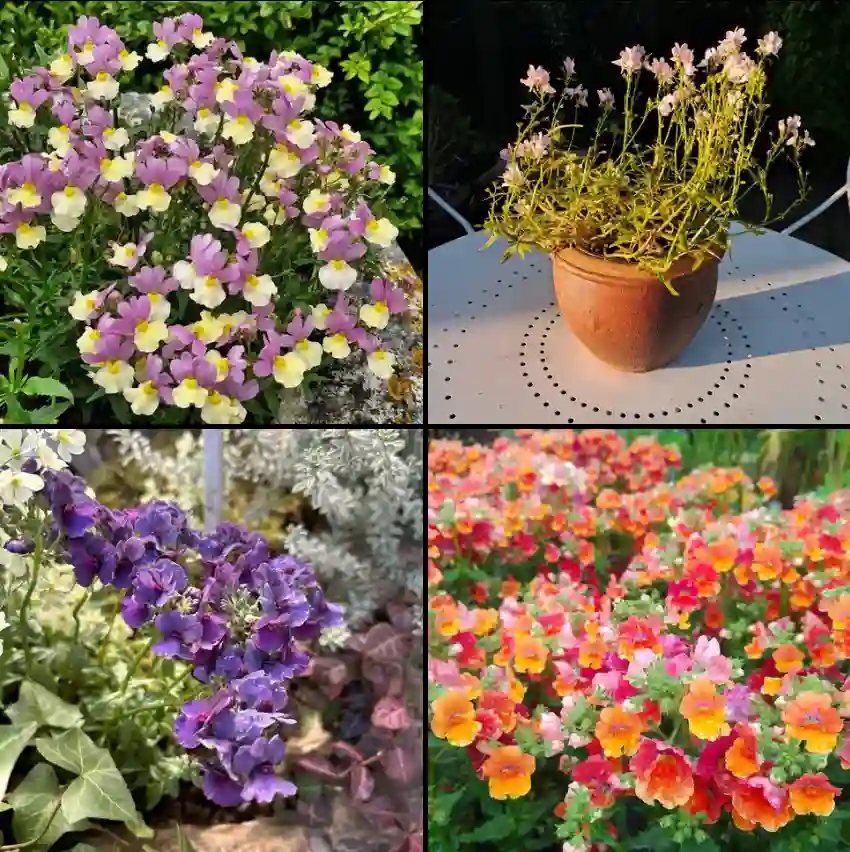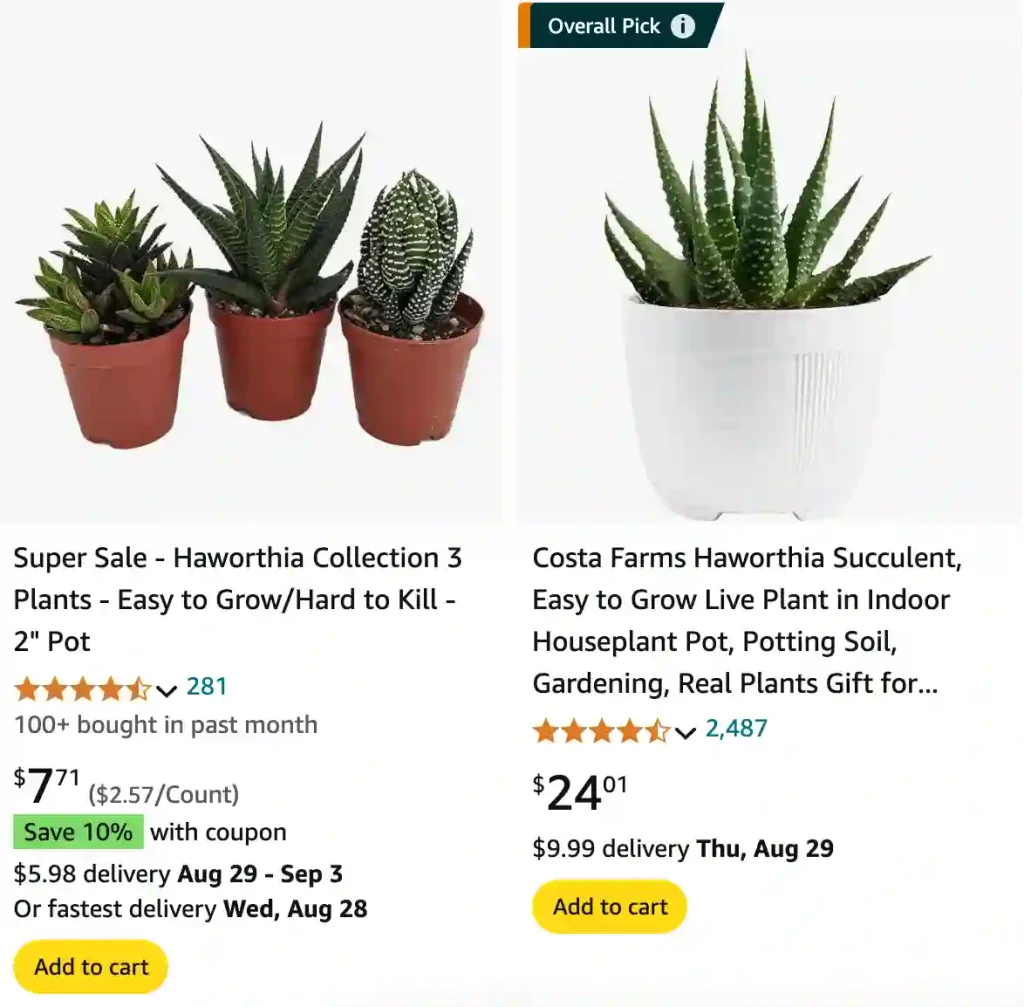
November 26 – Haworthia
"Haworthia, the succulent jewel, represents November 26."
Haworthia symbolizes protection and independence. You thrive on your own terms and protect your inner peace. Like its fleshy leaves, you are strong and self-sufficient.
My Fascination with Haworthia
Hi, I’m Ferb Vu, and I’ve been an avid plant enthusiast for years now. While my interests span a wide variety of flora, I’ve found myself particularly drawn to the fascinating world of succulents, especially the genus Haworthia. These captivating miniature succulents, hailing from the southern regions of Africa, have captivated me with their incredible diversity and unique adaptations to arid environments.
A Diverse Genus
The genus Haworthia belong to the Asphodelaceae family, encompasses a vast array of species, each boasting distinctive characteristics that set them apart.
- Haworthia akaonii M.Hayashi
- Haworthia angustifolia Haw.
- Haworthia ao-onii M.Hayashi
- Haworthia arachnoidea (L.) Duval
- Haworthia aristata Haw.
- Haworthia bayeri J.D.Venter & S.A.Hammer
- Haworthia blackburniae W.F.Barker
- Haworthia bolusii Baker
- Haworthia caesia M.Hayashi
- Haworthia calva M.Hayashi
- Haworthia chloracantha Haw.
- Haworthia compacta (Triebner) Breuer
- Haworthia cooperi Baker Plant FAQs: Haworthia Cooperi
- Haworthia cymbiformis (Haw.) Duval Plant FAQs: Haworthia Cymbiformis – Cathedral Window Plant
- Haworthia decipiens Poelln.
- Haworthia diaphana M.Hayashi
- Haworthia dura M.Hayashi
- Haworthia elizeae Breuer
- Haworthia emelyae Poelln.
- Haworthia ernstii M.Hayashi
- Haworthia floribunda Poelln.
- Haworthia fukuyae M.Hayashi
- Haworthia grenieri Breuer
- Haworthia heidelbergensis G.G.Sm.
- Haworthia herbacea (Mill.) Stearn
- Haworthia lockwoodii Archibald
- Haworthia maculata (Poelln.) M.B.Bayer
- Haworthia magnifica Poelln.
- Haworthia maraisii Poelln.
- Haworthia marumiana Uitewaal
- Haworthia mirabilis (Haw.) Haw.
- Haworthia mollis M.Hayashi
- Haworthia monticola Fourc.
- Haworthia mucronata Haw.
- Haworthia mutica Haw.
- Haworthia nortieri G.G.Sm.
- Haworthia outeniquensis M.B.Bayer
- Haworthia parksiana Poelln.
- Haworthia pubescens M.B.Bayer
- Haworthia pulchella M.B.Bayer
- Haworthia pygmaea Poelln.
- Haworthia regina M.Hayashi
- Haworthia reticulata (Haw.) Haw.
- Haworthia retusa (L.) Duval Plant FAQs: Haworthia Retusa
- Haworthia rossouwii Poelln.
- Haworthia sapphaia M.Hayashi
- Haworthia semiviva (Poelln.) M.B.Bayer
- Haworthia springbokvlakensis C.L.Scott
- Haworthia subularis M.Hayashi
- Haworthia transiens (Poelln.) M.Hayashi
- Haworthia truncata Schönland Plant FAQs: Haworthia Truncata – Horse’s Teeth Plant
- Haworthia turgida Haw.
- Haworthia variegata L.Bolus
- Haworthia veltina M.Hayashi
- Haworthia villosa M.Hayashi
- Haworthia vitris M.Hayashi
- Haworthia vlokii M.B.Bayer
- Haworthia wittebergensis W.F.Barker
- Haworthia zantneriana Poelln.
How to Propagate Haworthia?
Propagating Haworthia is surprisingly easy and one of the most rewarding aspects of growing these plants. The most common method is by offsets, which are small plantlets that grow at the base of the main plant. Simply separate these offsets from the parent plant using a clean knife, ensuring they have some roots attached. Allow the offsets to dry for a day or two before planting them in fresh succulent soil.
Another method is by leaf cuttings. Gently twist a healthy leaf from the main plant, making sure to get a clean break. Let the leaf dry and callous over for a few days before placing it on top of succulent soil. In a few weeks, you should see tiny roots and new plantlets forming.
When to Repot Haworthia?
Repotting Haworthia is generally needed every 2-3 years or when the plant outgrows its pot. You’ll know it’s time to repot if you see roots emerging from the drainage holes or if the plant looks overcrowded. Choose a pot that is slightly larger than the current one and use a well-draining cactus or succulent mix. Be gentle with the roots to avoid damage.
Is Haworthia Toxic to Cats?
Haworthia is non-toxic to cats, which is a huge relief for pet owners like me. If your cat likes to nibble on plants, you can rest easy knowing that Haworthia won’t harm them. However, it’s always a good idea to monitor your pets and ensure they don’t consume too much of any plant material.
How to Care for Haworthia?
Caring for Haworthia is straightforward. These plants thrive in bright, indirect light. Too much direct sunlight can cause their leaves to burn, while too little light can lead to etiolation, where the plant stretches out in search of light.
Haworthia prefers a well-draining soil mix and should be watered sparingly. I usually let the soil dry out completely between waterings. Overwatering is a common mistake and can lead to root rot. During the winter months, reduce watering even further as the plant goes dormant.
How Often to Water Haworthia?
Watering frequency for Haworthia largely depends on the environment. In general, I water my Haworthia every 2-3 weeks during the growing season (spring and summer). In the winter, I cut back to once a month or even less. Always check the soil moisture before watering to avoid overwatering.
How Big Do Haworthias Get?
Haworthia plants are relatively small, making them perfect for indoor environments. Most varieties stay between 4 to 6 inches in height and width. Some, like Haworthia cooperi, might grow a bit larger, but they are still compact compared to other succulents.
Can Haworthia Grow in Water?
While some succulents can be grown in water, Haworthia is not one of them. They need a well-draining soil mix to thrive. Growing Haworthia in water can lead to root rot and other problems, so it’s best to stick with soil.
Can Haworthia Grow Indoors?
Absolutely! Haworthia is an excellent indoor plant. It adapts well to low light conditions and doesn’t require much space. Place it near a window with indirect sunlight for the best results.
Haworthia vs. Aloe
Haworthia and Aloe both belong to the succulent family but have distinct differences. Haworthia typically has smaller, more compact rosettes with a rough texture, while Aloe plants often have larger, more elongated leaves and are usually more fleshy. Aloe vera is known for its medicinal properties, whereas Haworthia is primarily grown for its ornamental value.
Haworthia vs. Gasteria
Haworthia and Gasteria are similar in appearance but can be distinguished by their leaf arrangement and texture. Gasteria usually has more elongated leaves with less pronounced tubercles (bumps) compared to Haworthia. Both plants are excellent for low-maintenance indoor gardening.
Haworthia vs. Haworthiopsis
Haworthiopsis is a genus that was once classified under Haworthia. The key difference is that Haworthiopsis plants typically have more translucent and often less rugged leaves. The two are quite similar but can be differentiated by their leaf structure and growth habits.
Haworthia vs. Aloe Striata
Aloe striata, also known as the “Coral Aloe,” differs from Haworthia in size and leaf shape. Aloe striata has broader, more fleshy leaves with a smooth surface, whereas Haworthia leaves are generally smaller and have a rougher texture. Aloe striata also tends to grow larger and more upright compared to the compact Haworthia.
Haworthia vs. Aloe Vera
Aloe vera is renowned for its medicinal properties and has thick, fleshy leaves with a gel-like interior. Haworthia, on the other hand, is more ornamental, with smaller, textured leaves that don’t have the gel-like substance found in Aloe vera. Both are easy to care for, but Aloe vera requires slightly more water and sunlight compared to Haworthia.
Haworthia vs. Lace Aloe
Lace Aloe, or Aloe aristata, is another variety with distinctive features. It has smaller, pointed leaves with white, lace-like markings. In contrast, Haworthia usually has more robust leaves with tubercles or bumps. Both are attractive, but their leaf textures and growth habits set them apart.
Haworthia vs. Tullista
Tullista is a genus closely related to Haworthia, and distinguishing between the two can be tricky. Tullista plants generally have more pronounced leaf patterns and often exhibit more variation in leaf color. Haworthia tends to have a more uniform appearance with less variation in leaf texture and coloration.
In conclusion, Haworthia plants are fantastic for anyone looking to add a bit of green to their space without a lot of hassle. Their ease of care and adaptability make them a great choice for both beginners and experienced plant lovers alike. Whether you’re propagating, repotting, or just admiring their beauty, Haworthia is sure to bring joy to your plant collection.
If i die, water my plants!
